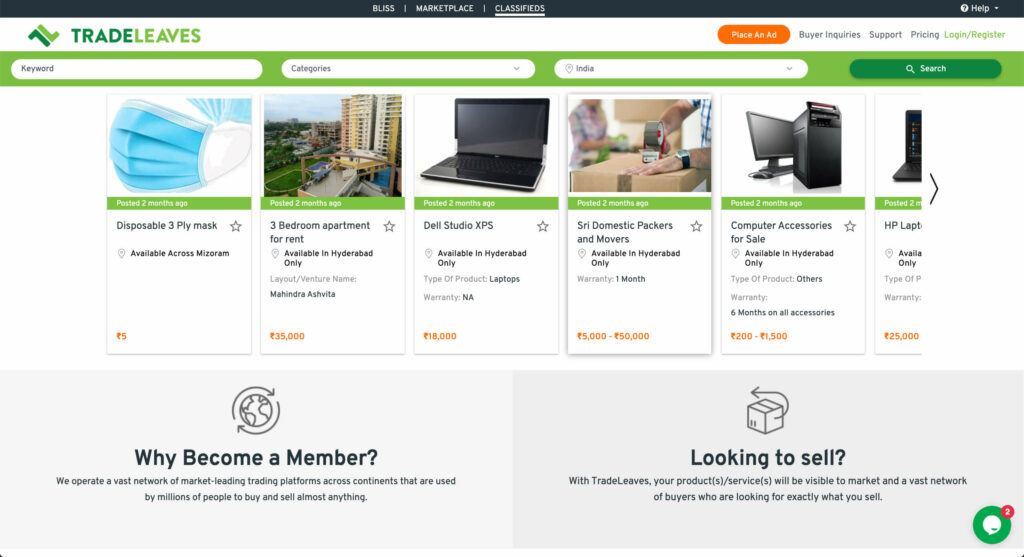There are several reasons for excess inventory including canceled orders, wrong demand/supply forecasting, changing seasonal demands, product life cycle, or a scenario like the pandemic where the demand drops suddenly. Excess inventory takes up unnecessary shelf space, blocks your capital, and stops you from reinvesting in other essential things.
Few factors may be beyond your control.
But you can consider these 10 ways to clear excess inventory.
1. Remarket the Products
Sometimes, it is not the product itself but how it is sold that matters. Maybe you need to change the current product positioning, both visually and perception-wise. Try to revise your marketing techniques and re-market the same items with a fresh approach. There is a host of remarketing programs that help reach out to new and existing customers with the same products using the remarketing ads.
2. Increase Exposure
To attract more eyeballs to your slow-moving products or excess items, make them easily visible to your customers. Place them in multiple locations/places in your store (physical or online). Here, your site traffic data can help understand which pages of your site your customers are visiting the most. You can move your slow products to those pages.
3. Offer Discounts
This is a standard method of getting rid of excess inventory and slow-moving stock. You can have a daily discount, a flash sale, or a huge blowout sale weekend with super slashed prices. But whatever you do, you need to be strategic about it. Start with a small discount, get a sense of the demand, and then move on to increase the discount. The idea is to make your customers feel that it’s “now or never”. One of the best places to offer discounts is with a Classifieds advertisement on a B2B site. Creating an offer on such sites is a simple DIY process. Choose an offer type (price discount or quantity discount), select the product, upload the relevant pictures and publish. Your advertisement will be now visible to all the relevant buyers who visit the site.

4. Bundle Items
Bundling is a great technique to get rid of surplus stock. It helps you sell out multiple items in one go, and your customers get a lower price on the package deal. Although the bundled price is marginally lesser than per item added up, it’s still not a significant loss for the business. There are different ways to bundle products.
- Multiple units of the same products – like t-shirts in various colors
- Similar units of complementary products – like sets of socks with shoes
- Slow-moving and fast-moving combos – like cleaning supplies with storage boxes
5. Offer Freebies
You can try this with low-cost items that don’t impact your profits. You can do it as a BOGO (Buy One Get One) offer, where the free item is usually an item of a lower price. Or, you can offer it as a gift with a minimum purchase value. You could also try to offer a free item when your customers refer others to your business.
6. Sell on Online Marketplaces
Online Marketplaces are also an excellent option to get rid of excess inventory, especially if you are in the B2B segment. Online B2B Marketplaces like TradeLeaves offer free listings and much more. Such platforms also let you add high volume items with product details and images.
7. Return or Exchange Items
If you share a great relationship with your vendors/suppliers, then you can ask them for a full return of the merchandise or exchange for other products of the same value.
8. Offer Free Shipping
Sometimes, shipping costs can also be a deterrent for customers not buying your products, leading to a heap of unsold goods. Take the shipping costs off their heads. You can ask them to order for a minimum value above which you can wave off the shipping fee,encouraging them to buy a little more.
9. Seek Stock Liquidation
Some liquidators clear out your excess inventory and sell to other companies or auction them off. But they can choose items or merchandise of low value. There is not much profit in this method, unless items are auctioned. But it will help you get the surplus out of the storage and free up a little capital. Always research thoroughly on inventory liquidators and the legal aspects involved.
10. Donate Excess Items
This is almost the last option to take care of the surplus stock when nothing else works. But it’s an excellent way to give back to the community, especially in times of a natural or economic disaster, or like now, when many people around the world are stuck at home without essential supplies. In return, you can also take advantage of tax benefits from donations. Check with your state/country laws on tax deductions on donation.
Always keep a tab on your sales and inventory data to see how products are moving and try your best to avoid such scenarios.






